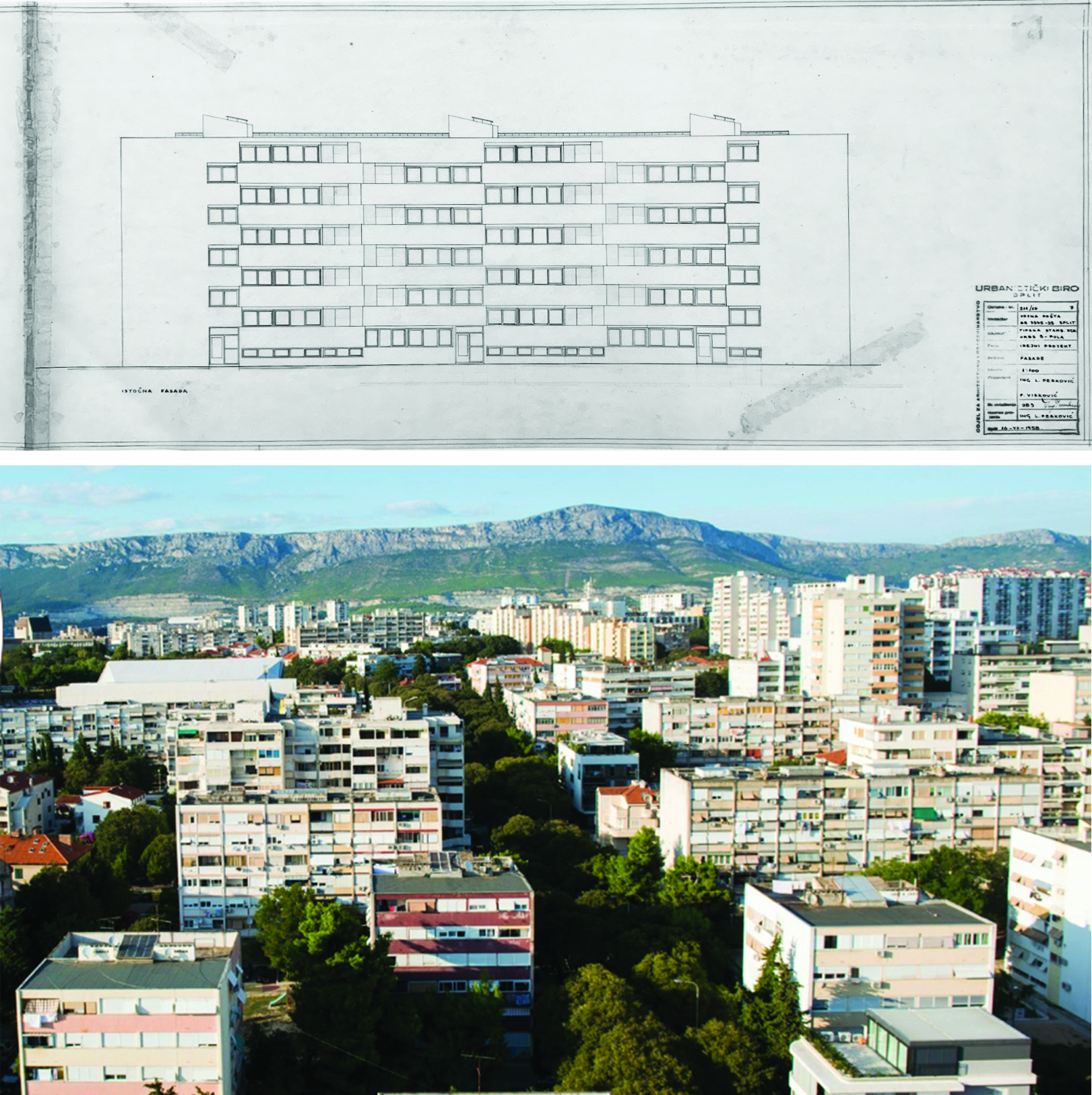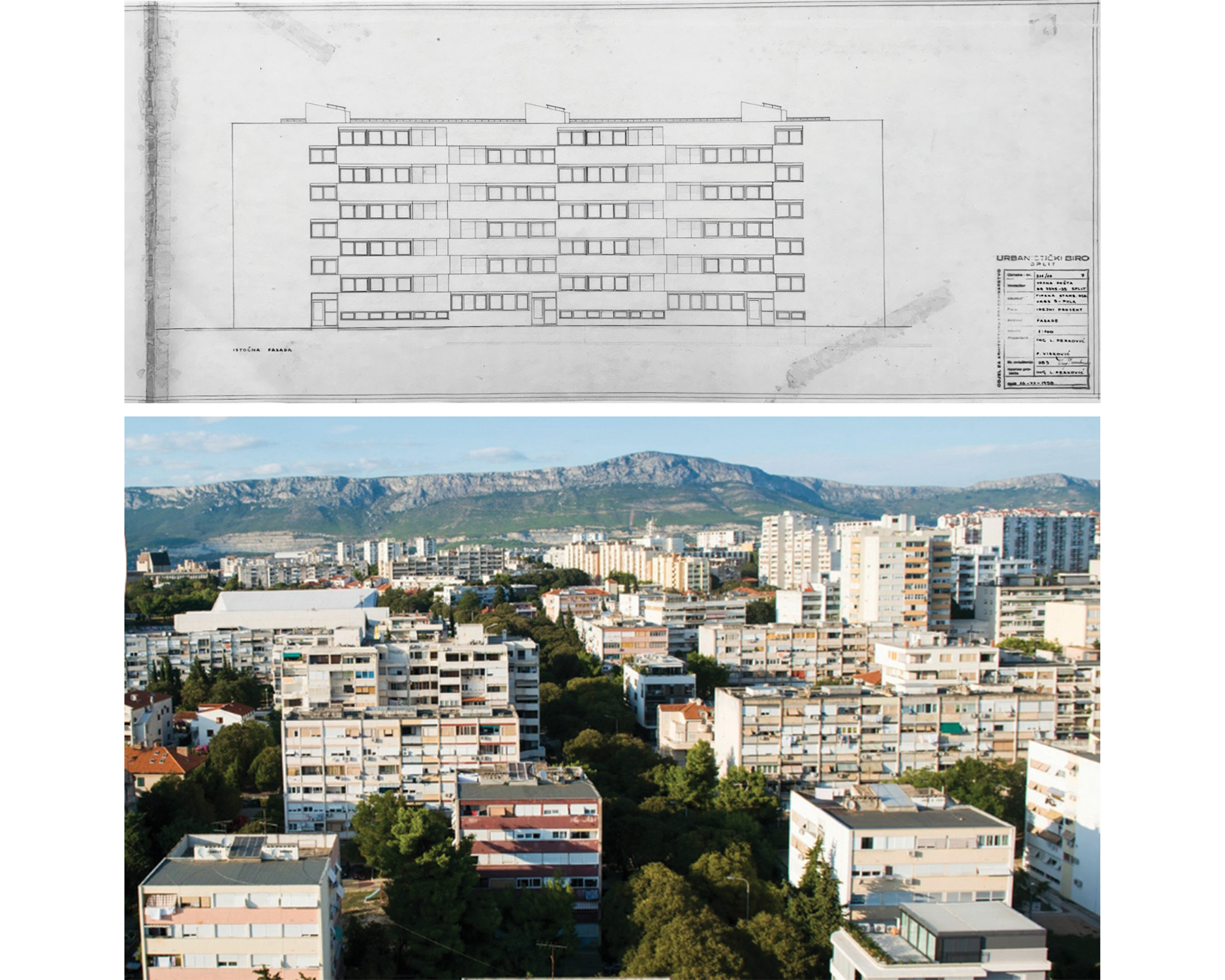School of Architecture faculty member Dragana Zorić presented her paper, “Innovation in Family Needs and Strategic Deployment: Dalmatian Case Studies URBS-4 and URBS-5” on January 11, 2025 at the ACSA/AIA Intersections Housing Conference in Austin, Texas.
From 1949 to 1974, Yugoslavia built a staggering two million housing units for its worker population. Yugoslav housing of that period was characterized by a mandate of innovation and experimentation, both on an urban scale, but also at the level of the detail: materiality, constructability and prefabrication. This research dispenses with looking at large-scale planning efforts; it does not dwell on brutalist sculptural form; instead, it focuses on a strategy of the URBS (Urban Institute for Dalmatia), which, constrained by historic city remnants, implemented discreet identical individual buildings across the region, as reproducible types.

The two typological residential structures that are the focus of the research, named URBS-4 and URBS-5, were designed by the prolific architect Lovro Perković. URBS-4 was built in at least 11 documented locations across the Dalmatian coastal region; URBS-5 has 7 built examples, both from 1958 to 1965. The idea behind the buildings was rooted in innovation into basic family programmatic needs, influenced by new residential standards. Differing in proportion and volume, URBS-4 is a cuboid object, while URBS-5 is a long bar; both reflect budgetary discipline within which they excel in exacerbating a geometry and composition of contrasting bands, through the simple means of shifting the section for half a floor. Additionally, the apartment layouts offer axes of circulation through the mostly square floor plates, which allow the spaces to be used interchangeably for living, sleeping etc., over time, as family needs change.
In the housing crisis of today, we can look to proven compelling Yugoslav solutions and strategies of mass housing production, which runs the gamut of scale, form and type.
